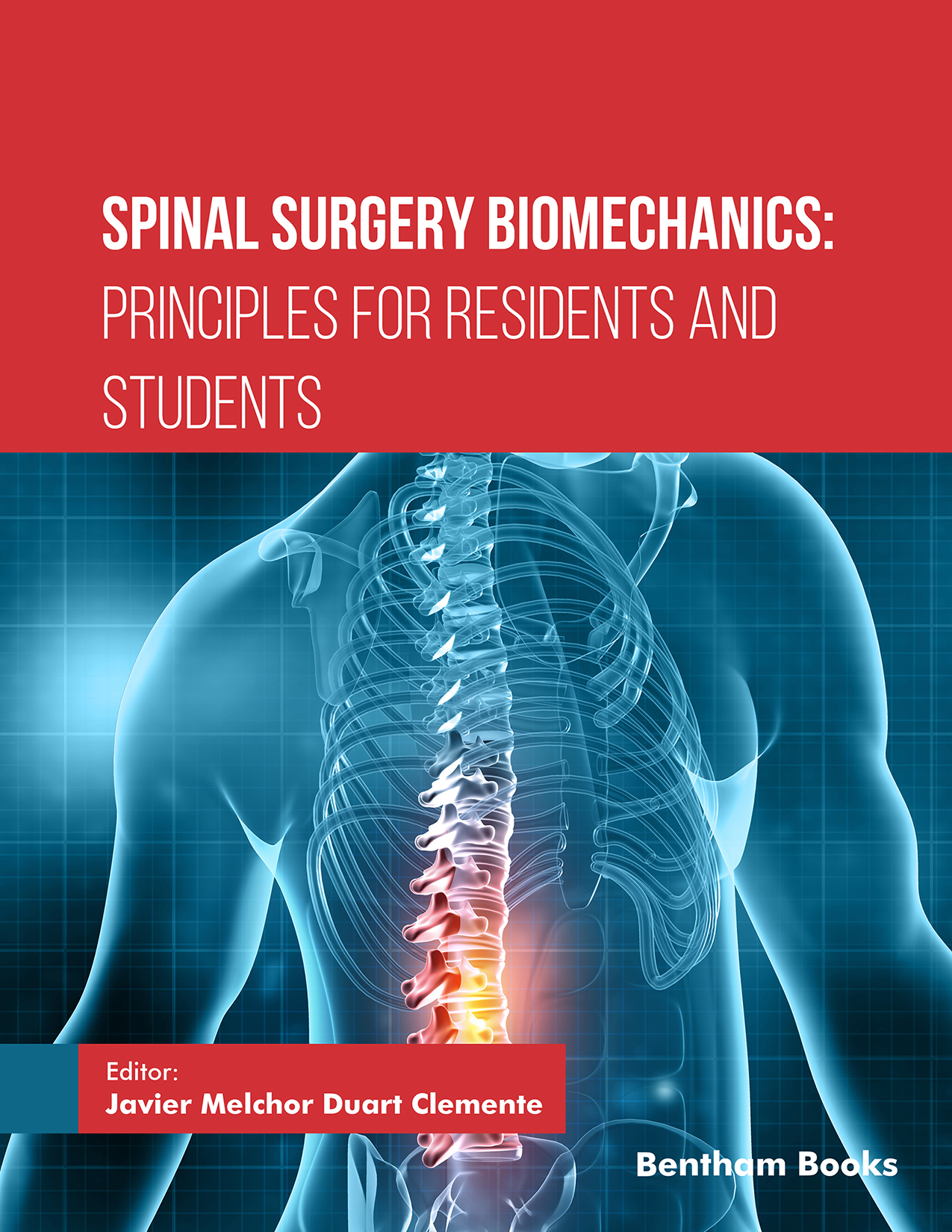Introduction
Spinal Surgery Biomechanics: Principles for Residents and Students provides a comprehensive overview of the biomechanical principles essential for understanding spinal surgery techniques. This book explores key topics, including pedicle screw anchorage, lumbar total disc replacement, interbody fusion techniques, and spinal surgery in osteoporotic patients. It also covers degenerative spondylolisthesis, interspinous devices, and spinal stability classification systems.
Written for students, residents, and researchers, this volume simplifies complex biomechanical concepts with clear explanations, clinical insights, and up-to-date research findings.
Key Features:
- - Covers essential biomechanics relevant to spinal surgery procedures.
- - Discusses surgical approaches, implant selection, and stability mechanisms.
- - Examines spine surgery in osteoporotic and degenerative conditions.
- - Explores motion-preserving and fusion-based spinal implants.
- - Reviews classification systems for spinal trauma and instability.
Readership
This book is an invaluable resource for medical students, residents, and academic researchers in spinal surgery and biomechanics.

